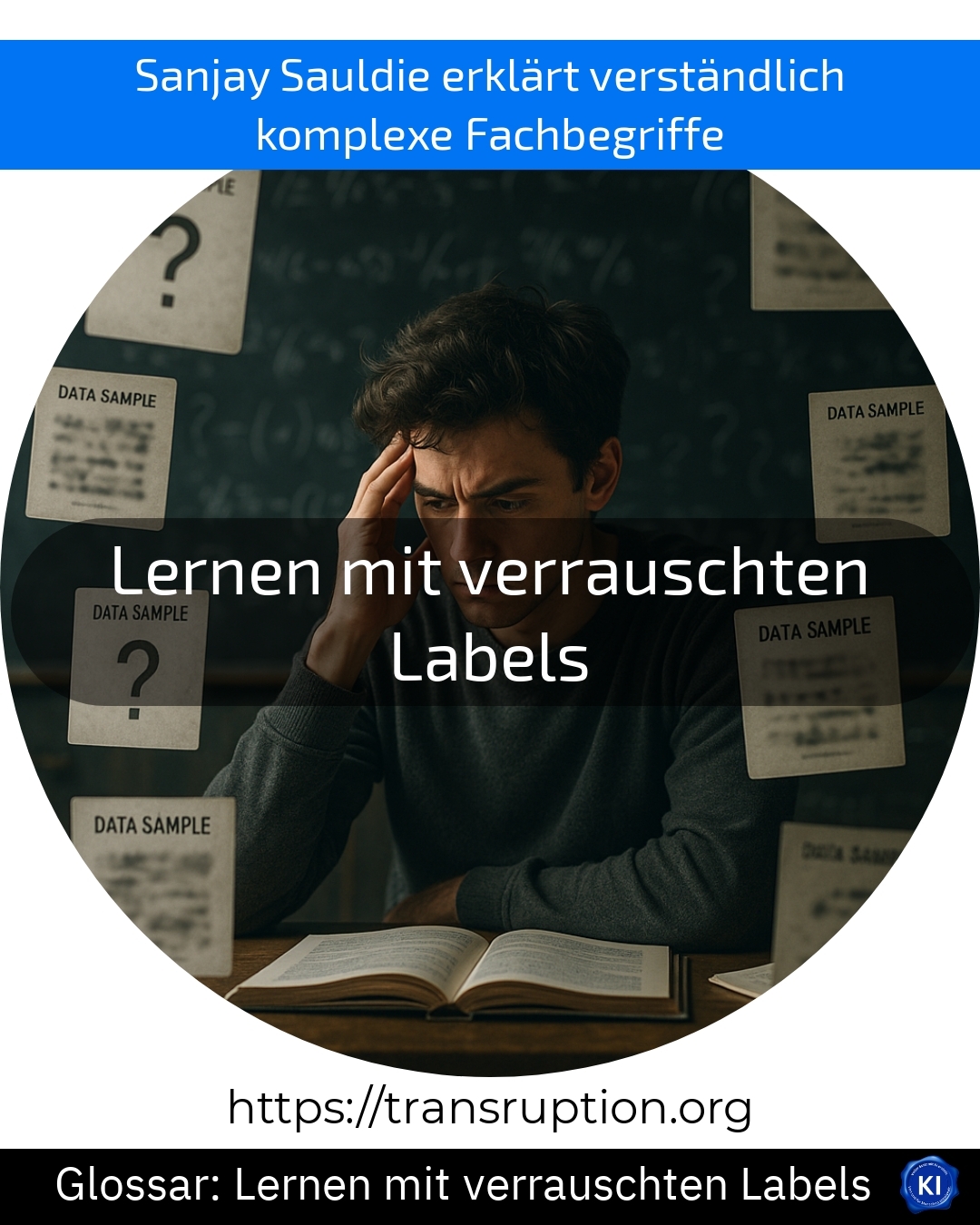Learning with noisy labels is part of artificial intelligence, big data, smart data and digital transformation. It describes a situation in which artificial intelligence (AI) is trained with data whose "labels" or categorisations are not always entirely correct.
In everyday life, this can happen in an online shop, for example: An AI system is supposed to recognise whether photos show shoes or T-shirts. However, some images are inadvertently labelled incorrectly - for example, a T-shirt has been labelled as a shoe. These "noisy labels" are like typos in the data that can confuse the AI.
Nevertheless, a good AI can learn to recognise the right patterns and ignore such errors. Especially with very large amounts of data, it is rarely possible to prevent a few labels from being incorrect. Using sophisticated methods, the AI develops a certain "error tolerance" and still delivers useful results in the end, for example with product recommendations or image recognition.
Learning with noisy labels is therefore particularly important because real data is rarely perfect. It ensures that AI systems remain robust and practical - even if not all the data is completely clean.















